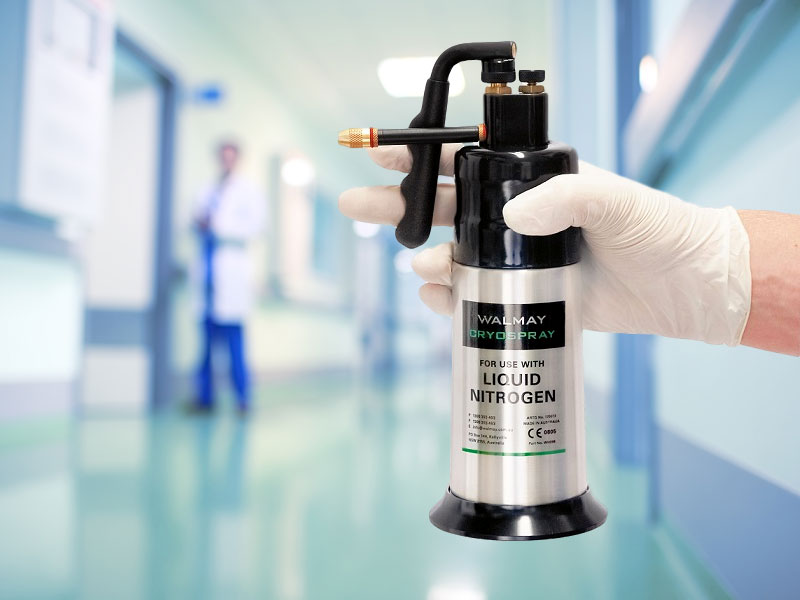With a focus on medical capital equipment programs, a healthcare institution must be able to…
5 Tips for AED Program Management in the Workplace
Are your employees ready to respond to a cardiac emergency in the workplace?
At U-Tech Medical, it’s our goal to help ensure that organisations and individuals are well prepared and ready to act in the event of a cardiac or medical emergency in the workplace.
5 Best Practices for AED Program Management in the Workplace.
1. Enlist an AED and First Aid Advocate
Whether you work for a large company with hundreds of AEDs or you’re an entrepreneur with a single AED and one or two employees, it’s important to make sure that your team is as committed to safety and emergency readiness as you are.
First, identify employees who are well-respected by their peers and who you think would be interested in helping you promote workplace safety and cardiac awareness. Be sure to share information about your AED program with them, including information about what AEDs are and how they work.
These in-house champions will help promote your emergency readiness plans and can educate their peers about the importance of AEDs and first aid training. They’ll also replace the false sense of security some untrained employees may feel with a clear resource for information and instruction about emergency first aid.
2. Keep Your AEDs in Plain Sight
Timing is critical when it comes to administering CPR or defibrillation. For every minute that passes without CPR or defibrillation, the chances of survival decrease 7-10%.
For optimal AED placement, AEDs need to be conveniently installed to ensure response within 3 to 5 minutes in:
- Areas where many people work closely together, such as assembly lines and office buildings.
- Areas where electric-powered devices are used.
- Outdoor worksites where lightning may occur.
- Health units where workers may seek treatment for heart attack symptoms.
- Company fitness units and cafeterias.
- Remote sites, such as offshore drilling rigs, construction projects, marine vessels, power transmission lines, and energy pipelines.
3. Invest in an AED Compliance Management System
Make sure that your AEDs are in compliance and are emergency-ready with a user-friendly AED Compliance Management System. Online systems such as U-Tech Medical’s Premium AED Compliance Management System ensure that your equipment is properly registered, checked and logged. These systems will also help you track the expiration dates of your defibrillators’ batteries and pads.
4. AED and First Aid Training
Now that you have an AED advocate, you’ve placed your devices strategically, and you’ve committed to an AED Compliance Management System, you’ll want to make sure that your employees know how to use your emergency medical equipment. You’ll also want to make sure they know how to recognise a sudden cardiac arrest and how they should go about activating your emergency response plan.
5. Practice Makes Perfect
Be sure to include AEDs in your emergency response drills. Emergency readiness drills can help ensure that your employees know where your AEDs are located and how to use them.
For more information about AED best practices in the workplace or to schedule a cardiac preparedness consultation, contact U-Tech Medical at 1300 488 324 or email us at: service.vic@u-techmedical.com.au
DISCLAIMER: Information and resources found on the U-Tech Medical website is intended to educate, inform, and motivate readers to make their health decisions after consulting with their healthcare provider. U-Tech Medical is a Biomedical Technical Device Services Company.
The authors are not healthcare providers. NO information on this site should be used to diagnose, treat, prevent, or cure any disease or condition.



